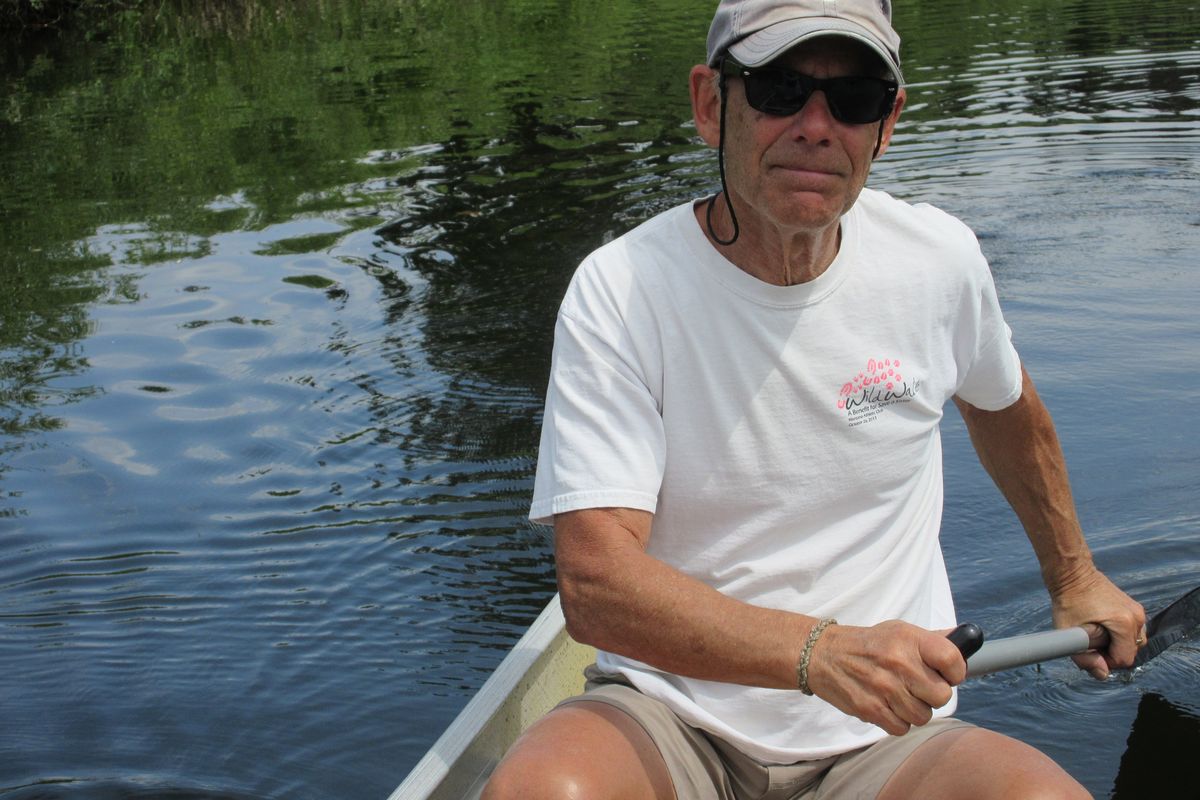Bob Korechoff, 75, is an aerospace engineer who worked with a team of engineers to fix the Hubble Telescope

Robert Korechoff, 75, currently lives a quiet life in Western Montana, but 30 years ago Korechoff worked on a camera that brought humanity awe-inspiring pictures from billions of light years away.
The camera that he helped create, which was replaced in 2009, was a part of the Hubble Space Telescope, named after noted astronomer Edwin Hubble. The camera that Korechoff helped create now resides in the Smithsonian’s Air and Space Museum.
Korechoff was born in Los Angeles. He attended UCLA, where he graduated with his bachelor’s in physics in 1968, later earning his doctorate in 1977. After graduating with his bachelor’s, Korechoff went to work as an aerospace engineer. Korechoff spent 42 years in this field, but spent the majority of that time as an optical engineer.
“That line of work involved the design, analysis and testing of optical instruments. Such things as telescopes, cameras, instruments called spectrometers, that are in Earth’s orbit or are going to end up going to some other planet,” Korechoff said.
Korechoff worked at several different companies on many different projects throughout his long career, including many military and government jobs. He believes the most significant work he did was at the Jet Propulsion Laboratory in Pasadena, California. It was at the Jet Propulsion Laboratory, or JPL, where Korechoff worked on the Hubble.
In April 1990, the Hubble telescope launched. But by June a problem was discovered with the telescope’s primary mirror that Perkin-Elmer Corp. had been contracted by NASA to produce. The faulty mirror sent back unclear images captured from the Hubble. This problem led to severe disappointment for many scientists who had spent so much time on the project, including Korechoff.
“The telescope had a huge amount of hype,” Korechoff said. “You know, there were actually astronomers all over the world who were waiting for this telescope to be launched because they knew it was going to be groundbreaking. And then to find out that there was a problem with it, of course, was just catastrophic.”
By July, Korechoff had been asked to help a team of scientists at JPL modify the next-generation camera’s optics so it could compensate for the mirror’s error. In order to solve the problem, Korechoff said he first had to work with several teams of engineers from around the country to understand more about the faulty mirror’s shape. Determining the mirror’s shape took a year, Korechoff said.
Once the problem with the mirror was understood, JPL set out to design and modify the next-generation camera. Designing and creating the new camera took another two years, Korechoff said, which he likened to eyes working with a pair of glasses.
“If you wear glasses, that’s because the lens in your eye doesn’t have the right shape, so the images are blurry. You can correct that by wearing eyeglasses,” Korechoff said. “So, you put another lens in front of the one that’s not working right, and the two of them together can form a good image.”
By December 1993, the mission was launched to manually install the next-generation camera that would fix the faulty mirror. During this time, the Hubble was approximately 300-400 miles above the Earth. The Hubble, Korechoff said, was designed from the beginning to be serviced by astronauts, and all the instruments were made to be removable and replaceable. Korechoff described as risky the astronauts’ four-day servicing mission to fix the Hubble and said it required a huge amount of planning. The mission was successful, and the Hubble began to send clear images of the cosmos back to Earth.
Nicole Moore, an associate professor of physics at Gonzaga, said she believes that the work of the Hubble has provided humanity with innumerable amounts of scientific input. Moore specializes in optics and believes that the faulty mirror has taught us a lot about how to test and design complex scientific instruments.
Moore aid she hopes the mistake that was made on the Hubble will teach us to be more careful when designing impressive scientific feats. Evidence of the need to be more cautious when building these instruments can be seen in the recent success of the James Webb Space Telescope. The hope of the Webb telescope is to pick up where the Hubble left off. Despite this, it is undeniable that the root of a lot of astronomical insight can be traced back to the advent of the Hubble Space Telescope.
“I think Hubble really enabled us to understand the history of the Universe in a much deeper way than we could before,” Moore said, “And much more beautifully, too.”
Today, Korechoff and his wife, Sharon, whom he met while she worked in administration at JPL, enjoy their retirement by kayaking, canoeing and admiring Swan Lake, near Bigfork, Montana. Korechoff said his work on the Hubble is the most interesting and important job he ever had.
“I think it has given people a whole different view on our place in the universe,” Korechoff said. “Every time there is an advancement in astronomy, it seems that our place in the universe diminishes, in a good way. People used to, 2,000 years ago, think that everything was centered around the Earth. Then, slowly as more things were learned and more observations were made, we realized, ‘Hey, we’re not that important.’ ”
“We’re just a speck,” he continued. “We’re just a speck in the universe.”